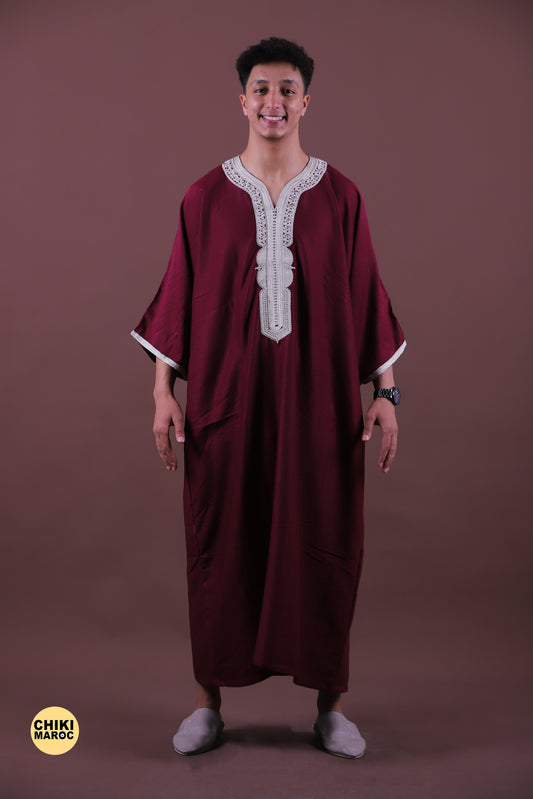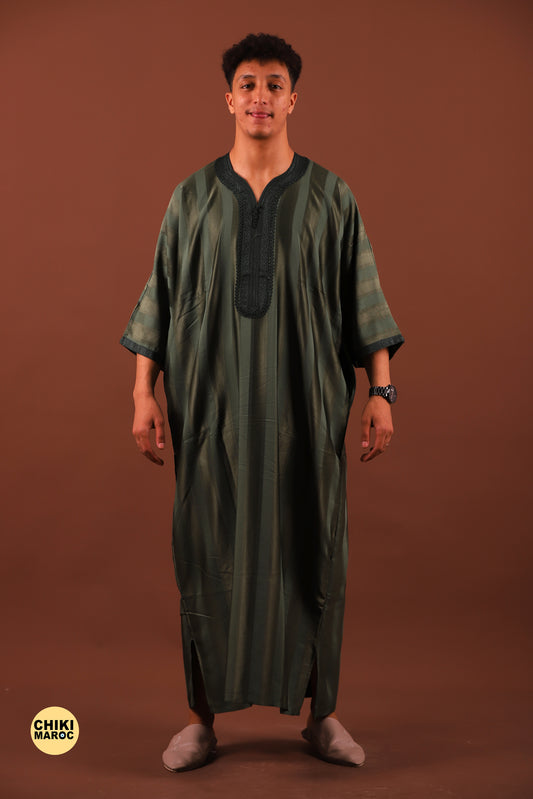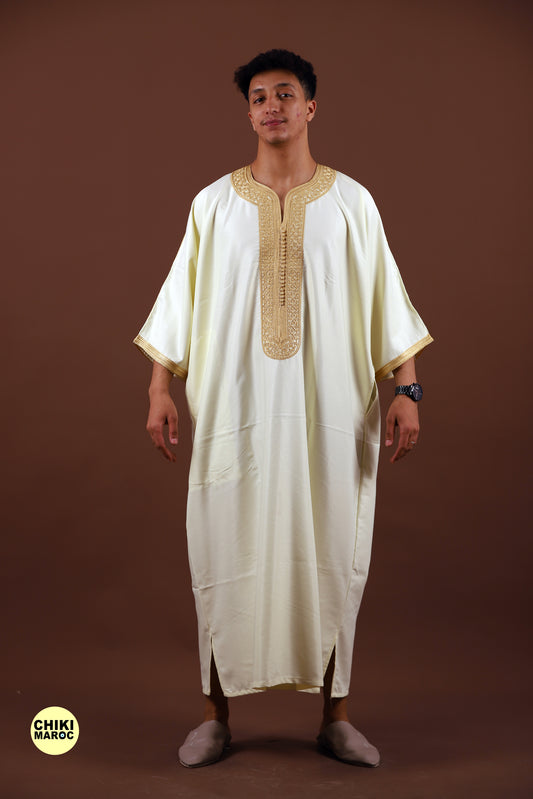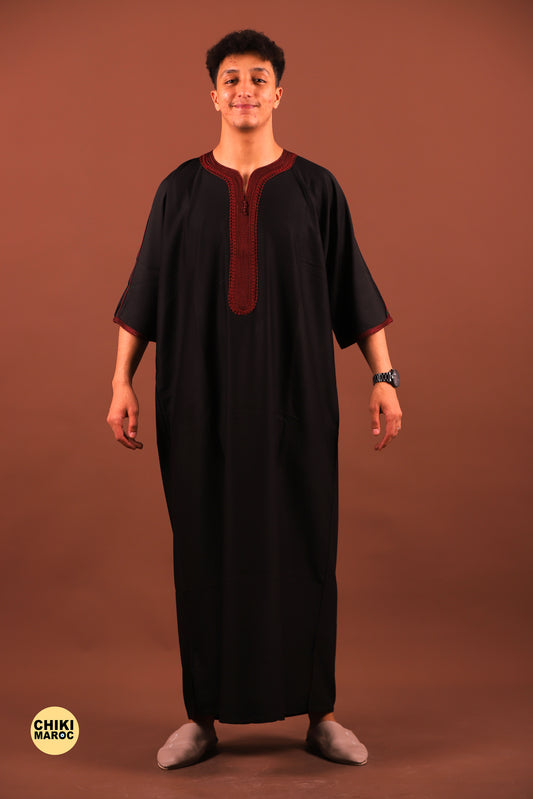The decision to wear or remove a hijab, a traditional headscarf worn by Muslim women, is deeply personal and influenced by a variety of factors, including religious beliefs, cultural norms, and individual choice. This article explores the nuanced considerations behind this decision, aiming to provide clarity and understanding on a complex topic.
Cultural and Religious Significance
The hijab holds significant cultural and religious meaning for Muslim women. It is often viewed as a symbol of modesty, piety, and devotion to faith. The Quran, the holy book of Islam, advises both men and women to dress modestly, and interpretations vary among scholars and communities regarding the specific requirements of modest attire. While some interpret this to include covering the hair and body with a hijab or other garments, others may have different perspectives based on their cultural and religious backgrounds.
Personal Choice and Freedom
Central to discussions about the hijab is the concept of personal choice and individual freedom. Many Muslim women choose to wear the hijab as an expression of their faith and identity, embracing it as a symbol of empowerment and dignity. For these women, the hijab represents a personal decision to adhere to religious teachings and cultural traditions that resonate with their beliefs.
Conversely, there are Muslim women who may decide to remove the hijab at certain points in their lives. This decision can stem from a variety of reasons, including evolving personal beliefs, changes in lifestyle, or shifts in cultural or social environments. It is crucial to recognize that this choice, like the decision to wear the hijab, is deeply personal and should be respected without judgment or prejudice.
Social and Cultural Contexts
The decision to wear or remove the hijab is also influenced by social and cultural contexts. In some communities and countries, there may be societal pressures or expectations regarding women's attire, including the wearing of the hijab. These norms can vary widely, and women may navigate these expectations while considering their personal beliefs and freedoms.
Evolving Perspectives
Over time, perspectives on the hijab have evolved within Muslim communities and beyond. There are ongoing discussions and debates about the intersection of religion, culture, and women's rights, including the right to choose one's attire freely. These conversations are essential in promoting understanding and tolerance, allowing individuals to express their identities and beliefs authentically.
Conclusion
In conclusion, the decision of when a woman can take off her hijab is deeply personal and influenced by a complex interplay of religious beliefs, cultural norms, individual choice, and social contexts. It is essential to approach this topic with empathy, respect for diversity, and a recognition of the multifaceted reasons behind personal decisions regarding religious attire.
Understanding and respecting the diversity of perspectives within Muslim communities and beyond is crucial in fostering inclusive and respectful dialogue on issues related to religious identity and personal autonomy. By recognizing the significance of personal choice and cultural context, we can contribute to a more compassionate and inclusive society where individuals are empowered to express their identities authentically and with dignity.





